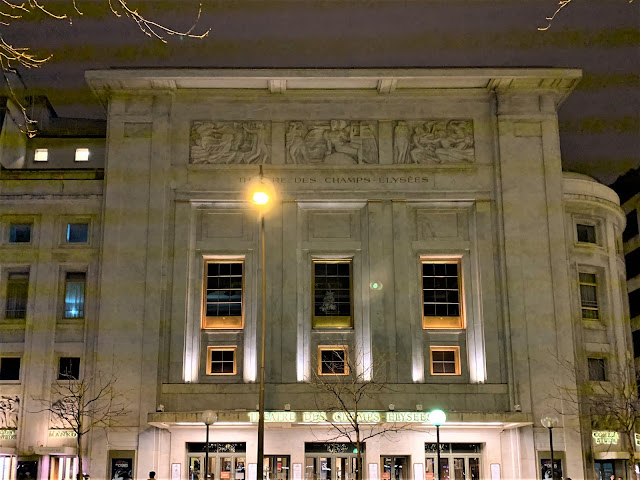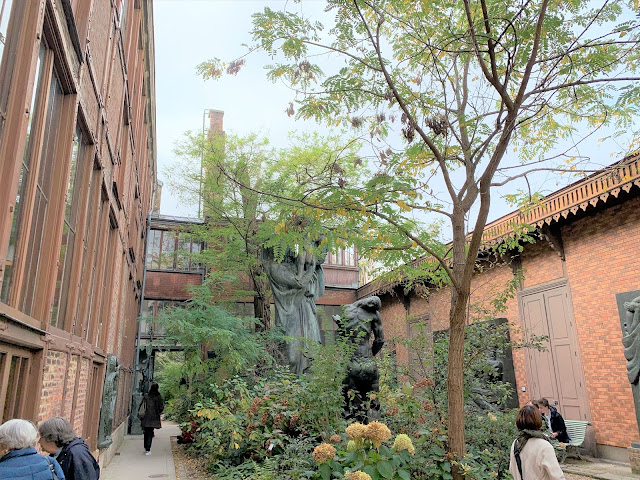French artist Antoine Bourdelle (1861-1929) is well-known for his sculpture, especially his early contributions to the Art Deco movement.
Parisian friends recommended that we visit Musée Bourdelle here in Paris, which is dedicated to his work and is located in his former studio. We recently visited the museum and are glad we did.
You can ready a short biography of Bourdelle by clicking here. Some highlights of his career include:
- Bourdelle was an assistant to Auguste Rodin for a time
- Bourdelle was a teacher of Alberto Giacometti and Henri Matisse, among others
- His sculptures were critically acclaimed and he received many commissions for monumental sculptures during his life.
We toured the extensive collection of Bourdelle's sculpture in the Musée Bourdelle. The museum is large and includes his very large atelier (studio), a collection of buildings, two gardens, plus two modern additions (one completed in 1961 and another in 1992).
When we visited, the museum was crowded even though it is out of the way in the 15th arrondissement. There were individual visitors, large groups, plus many art students sketching Bourdelle's works.
Let's take a tour of the Musée Bourdelle.
Below is another version of La Fruit in one of the museum's sculpture gardens. Bourdelle executed many versions of his sculptures. The version below is more complete than the one above--it has legs, a left arm and, of course, the fruit (an apple).
 |
| Serpent by Antoine Bourdelle (1925) |
Bourdelle executed many sculptures depicting Wolfgang Beethoven. Below are two of the many versions in the museum's collection.
Jean-Baptiste Carpeaux (1827-1875) was an acclaimed French sculptor and painter who preceded Bourdelle.
Bourdelle's studio was converted into the museum in 1949, two decades after his death. Portions of the studio have been well preserved and help visitors imagine what the workshop might have been like during his life.
We even discovered some of his Art Deco office furniture in the museum.
One of Bourdelle's monumental works is featured throughout the museum, both inside and in the gardens. Bourdelle was commissioned to create an equestrian statute of Carlos María Alvear (1789-1852), an Argentine general and politician. The work consisted of sculptures of the general, a horse and four figures representing Liberty, Eloquence, Victory and Strength. Here are some photos of small models of the sculptures along with some full sized or near full-sized versions.

Below are photos of two of the three panels Bourdelle executed for the main facade of the Theatre des Champs-Élysées in Paris. What is remarkable is their Art Deco style appearing so early in the movement.
 |
| Apollo with three of the nine muses by Antoine Bourdelle, for the facade of Theatre des Champs-Élysées (1910–12) |
 |
| The Méditation of Apollo by Antoine Bourdelle, for the facade of Theatre des Champs-Élysées (1910–13) |
ADDENDUM 1: One evening, we strolled by the Theatre des Champs-Élysées and noticed Bourdelle's work on the facade.
ADDENDUM 2: Recently, we were strolling along the Seine and discovered one of Antoine Bourdelle's monumental sculptures.
 |
| Theatre des Champs-Élysées |
Thanks for viewing the Antoine Bourdelle permanent collection with us. But wait, there's more.
Next Up: Fashion meets sculpture.





























No comments:
Post a Comment